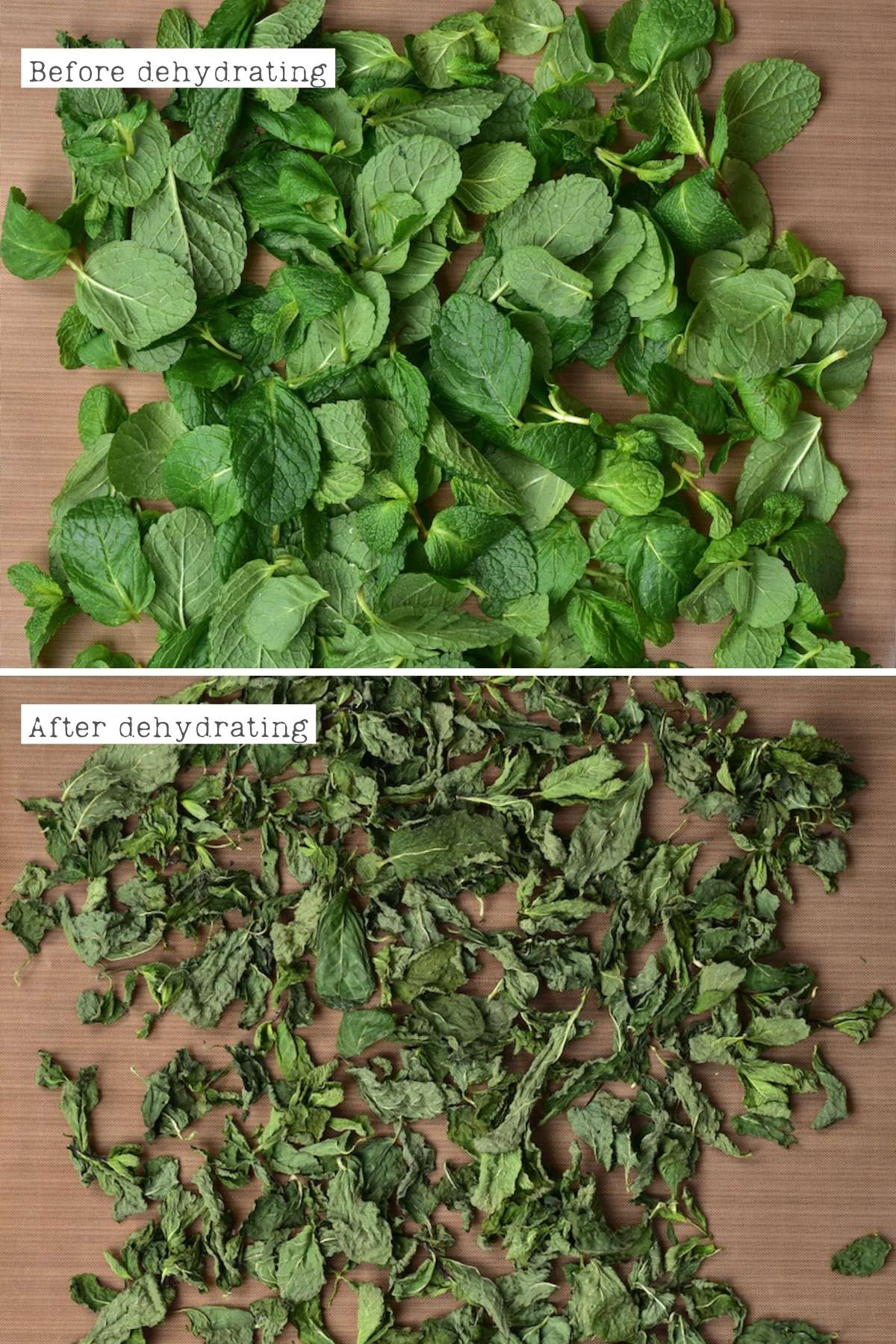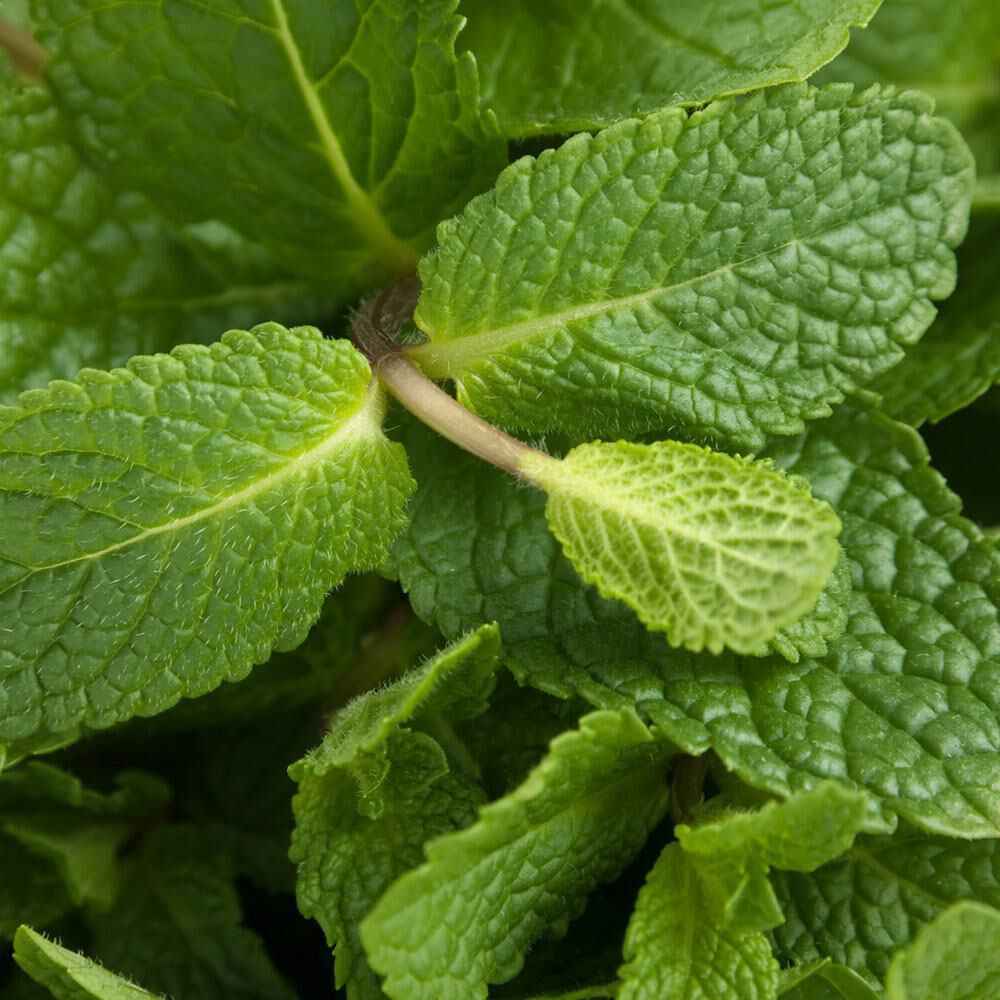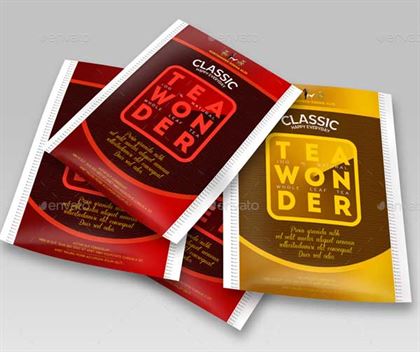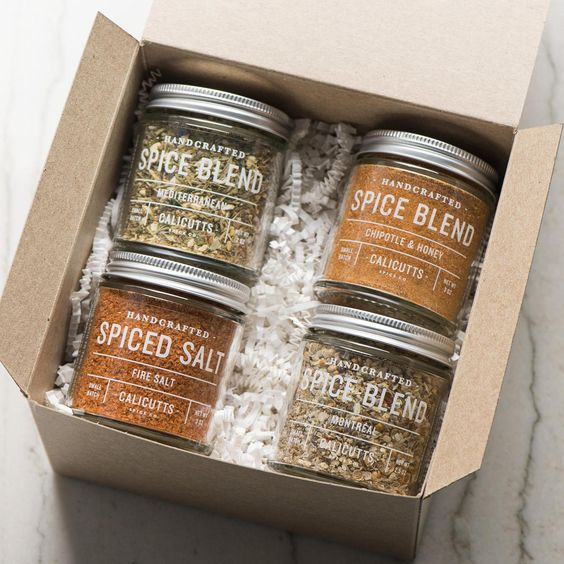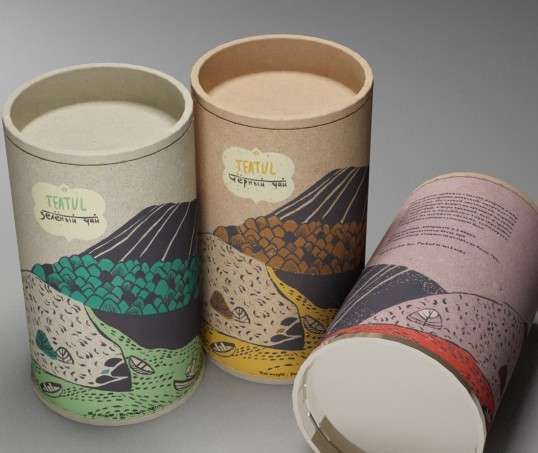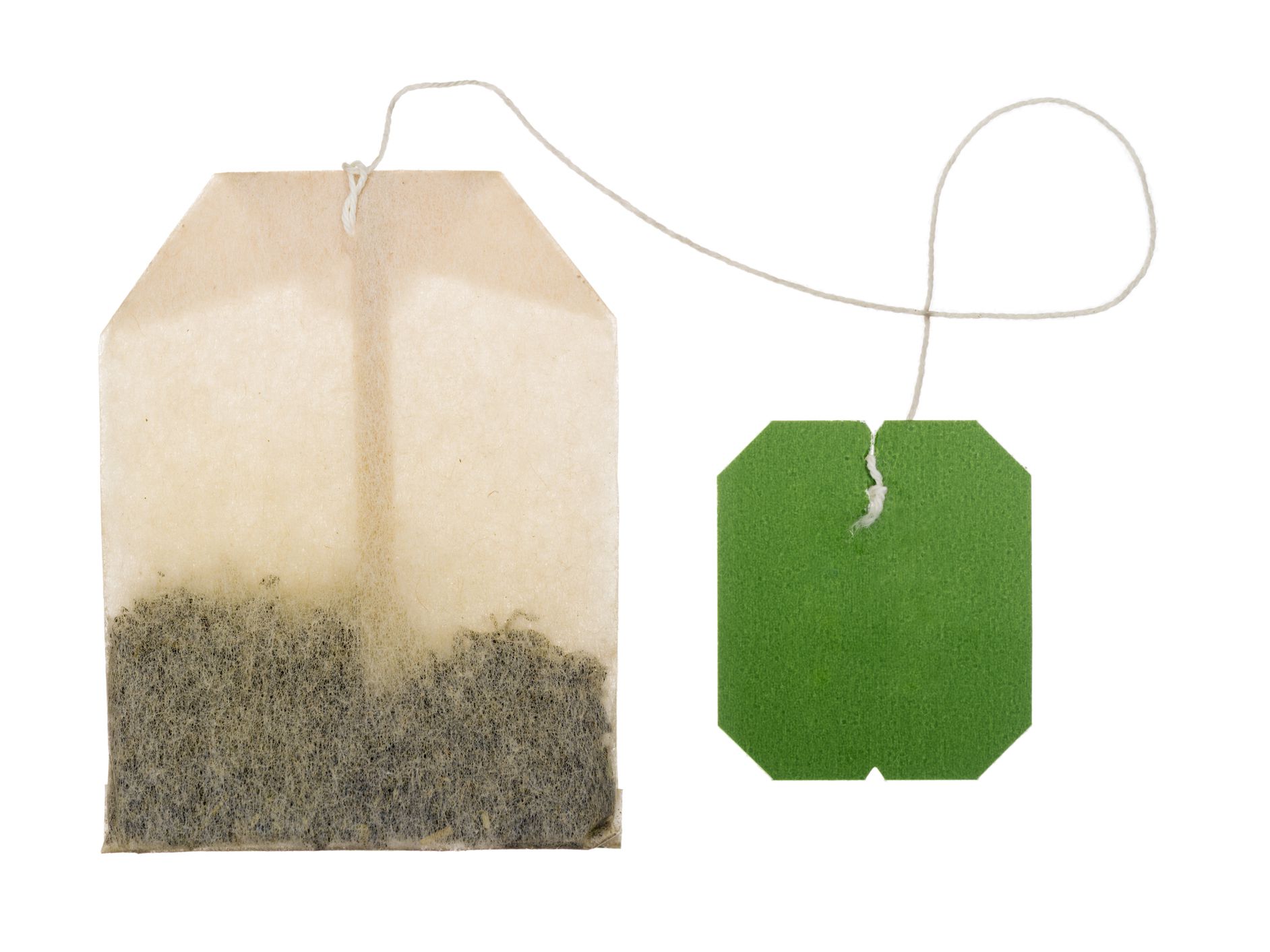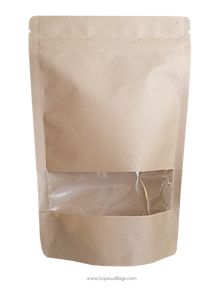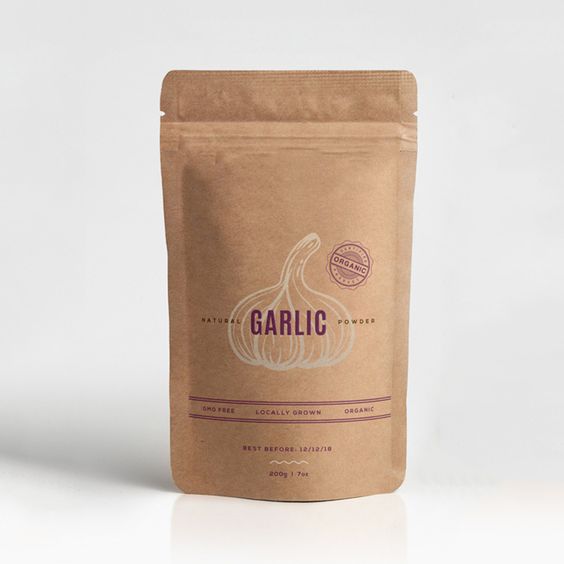Peppermint Mentha Piperita dried Leaves in bulk packaging shipped in 20″ FCL container
Login to view prices
Common name: Peppermint
Latin name: Mentha x piperita L.,
Family: Lamiaceae
Other names: Engl.: peppermint, black peppermint, chocolate mint. Deu.: Pfefferminze. Suom.: piparminttu. Sven.: pepparmynta. Fran.: menthe poivrée. Bot. syn.: Mentha aquatica L. x spicata L., Mentha dumetorum Schultes.
Peppermint is a sterile hybrid derived from a cross between Mentha aquatica and M. spicata.
Botanical Origin:
Common name: Peppermint
Latin name: Mentha x piperita L.,
Family: Lamiaceae
Other names: Engl.: peppermint, black peppermint, chocolate mint. Deu.: Pfefferminze. Suom.: piparminttu. Sven.: pepparmynta. Fran.: menthe poivrée. Bot. syn.: Mentha aquatica L. x spicata L., Mentha dumetorum Schultes.
Peppermint is a sterile hybrid derived from a cross between Mentha aquatica and M. spicata.
Description:
The so-called English or black mint, M. piperita var. vulgaris L., has square branching stems, that are of dark green to deep purple color and bear opposite, broadly lance-shaped, slightly toothed leaves of deep green color, 1 to 2 in. long.
The plant spreads by a system of branching, underground rootstocks, and grows to a height of 1.5 to 3 ft.
Small purplish blossoms, which flower from late July to early September, are borne in terminal spikes on the main stems and branches.
The so called M. piperita L., resembles the English or black mint, but has green stems and leaves of lighter green color.
Range & Habitat:
Peppermint is naturalized from Europe and is found in damp places. It is largely cultivated, principally in Indiana, Michigan, Oregon, Washington, and California, for the production of peppermint oil. Now it is cultivated everywhere.
Peppermint grows on a wide range of soils, but thrives best in deep, rich, well-drained, but not over drained, irrigated, former swamp lands. An optimum of growth and oil yield is obtained on nonacid soils – pH 6 to pH 7.5, with pH 5.0 to pH 8.0 as the wider limit.
Planting & Cultivation:
The land should be cleaned as thoroughly as possible. The ground is prepared by plowing in fall or spring, and disking and harrowing before planting.
For fertilizing the soil, well-rotted stable manure or commercial fertilizers containing high percentage of potash are recommended. A mixture having a ratio of either one part of phosphate to two parts of potash, or equal parts of phosphate and potash was most effective. 300 lb/acre are sufficient.
After the land has been prepared, furrows 5 to 6 in. deep and 30 to 42 in. apart are laid out. The most widely used method of growing peppermint is by propagation with root stock. For this purpose roots from a previous year’s planting are dug out during March, usually with the help of homemade machines, transformed plows, or potato diggers. Special plots should be prepared from which to take new plantings. This plot should be well fertilized, and cut at least by August 15th. One acre so treated will plant ten acres. After adhering soil has been shaken off, the roots are forked into piles and covered with earth, which keeps them moist until general conditions permit replanting.
Most peppermint growers plant in the spring, but a few have learned to plant successfully during October and November. The planting is done by placing in the furrows selected runners overlapping one another and forming a continuous row. The furrows must be covered and the soil packed.
The roots begin to sprout in late April, the period depending upon weather conditions. Cultivation is continued for about forty-five days when the palnts have approximately three-fourths matured.
Peppermint planted during the previous fall or the spring of the same year is called “row mint”, because the fields consist of clearly marked rows of palnts. As the fields become older the rows overgrow, forming regular meadows. “Meadow mint”, therefore , refers to fields two years old and older. The common practice is to keep a field in mint for three years, when its productivity declines.
Harvesting and Preparing for the Market:
It was observed that the plant first develops menthone, which in later stages seems to be transformed into menthol.
For practical purposes, harvesting should be done when the mint is in bloom in order to obtain the optimum oil yield and menthol content.
It is important to time the cutting properly, as individual plants open at different times and the period of bloom extends over several days. Cutting should be done early in the day. Shining globules of oil may be observed on the underside of the leaves when tilted in sunlight, indicating that the oil is well “up” in the leaves.
“Meadow mint” is cut from the middle of July to the middle of August, “row mint” during the latter part of August and early September. During dome seasons it is possible to make two cuttings. However, the second harvest, known as “clippings”, produces inferior oil. A second cutting is not advisable unless the field is to be discontinued, because it generally ruins the stand and strength of the planting.
Ordinary hay mowers, usually equipped with a short cutter bar, serve for cutting the mint which, on small fields, can also be cut by hand, using scythes.
Drying;
The cut mint is left in the swath to “cure” until about half dry. The time required for this process depends on the weather. Under favorable conditions the hay may e raked the following morning; sometimes the drying takes three or more days. Usually the mint is left in the fields for 48 hr.
Wet mint is very difficult to distill and, in most cases, cannot be completely exhausted. The spread mint is turned over into windrows with side delivery rakes, later bunched into hay cocks like those made for drying clover hay, then loaded with hay loading equipment on trucks or wagons, and finally transported to the distilleries.
In fact it was found that palnts of the labiatae family, when dried in direct sunlight, lost as much as 24% of essential oil; dried in the shade they lost between 2 and 10%. A temperature of 25 ° – 30° C was found most effective in preventing undue loss of oil.
Yield:
Yield of peppermint oil per acre varies from 10 to 75 lb., on the average it is 24 or 25 lb. it averages from 0.3 to 0.4 % but may be as high as 1 %.
Export Markets:
We export our products to many countries all over the world. USA, France, Germany, China, Malaysia, Algeria, Morocco, Indonesia…etc
Quotation:
- Incoterms: FOB
- Quantity: one 20″ FCL Container Minimum
- Specification: 100% natural and Pure quality
- Documentation: COA, MSDS, TDS, GC Peaks
- Packaging: Bulk Packaging
- Payment terms: TT in advance to Our bank account
- Lead time: Shipping through 10 days from receipt of the payment.
- Sea Shipping Time: 35 days
- Air shipping time: 10 days
Quality Certificates:
- ISO 9001-2015
- ISO 22000-2005
- GMP accredited by AQC Middle East FZE
- KOSHER Certificate
- Halal Certificate
- ORGANIC Certificate accredited by CERES GmbH Germany
- NOP Certificate accredited by CERES GmbH Germany
- Egyptian Ministry of Health Permission
Contact us please to receive other supporting documents for our Oils :
- COA
- MSDS
- TDS
Branding Services
We also can do customized packaging for you to pack whatever size you like. We can help in designing labels, selecting good packets or bags. We deliver integrated solutions under your brand..
Organically Certified product Available upon request
Additional information
| Weight | 12000 kg |
|---|---|
| Dimensions | 610 × 244 × 259 cm |
| Country of Origin | China, Egypt |
| Ship from | China, Egypt |
| 20 Container Capacity H | 5500 kg |
| Herbal Part Types | Crushed leaves Large cut, Dried Whole Leaves, Crushed leaves Medium cut, Crushed leaves small cut, Powder |
| Herbs Packaging | PE bags 25 Kg, PE Bags 50 kg, Paper Bag 25 kg, Paper Bag 50 kg |
| Cultivation Type | Organic, Conventional |
| HS Code | 09109990 |
| Custom Branding & Packaging | Yes, OEM Custom banding, designing and packaging are available for that product |
| Herbal OEM Packaging | Kraft Bag, Kraft Bag with transparent window, Kraft bag with open side, Glass Jar, Glass jar Spices with holed lid, Tea bag, Tea bag with paper bag, Tea Cylinder packaging, Tin Packaging |
| Documentation & Certifications | Allergen Free Certificate, Bovine Spongiform Encephalophathy (BSE) Certificate, GMO Certificate, GRAS Status Statement, Herbal Origin Statement, Organic Certificate, Pesticide Residual Certificate, Halal Certificate, KOSHER Certificate, Researches & Studies, Certificate of Analysis (COA), Technical Data Sheet (TDS) |
-
Login to view prices
Lemongrass Cymbopogon dried herb in bulk packaging shipped in 20″ FCL container
Login to view prices -
Login to view prices
Kilim Paints handmade of 100% natural Camel or sheep Wool or Wool with Cotton
Login to view prices -
Login to view prices
Bedroom furniture ,saving space folding wall bed murphy beds
Login to view prices


